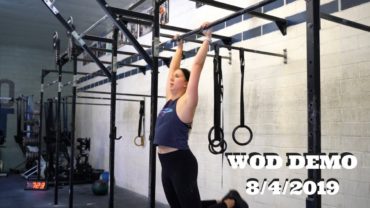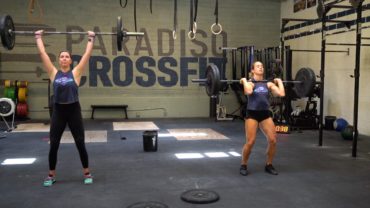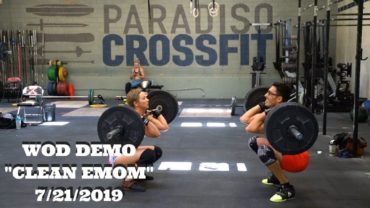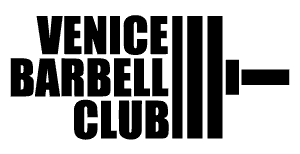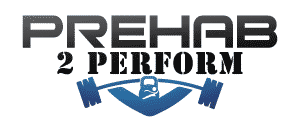You say tomato, I say tomato
Friday, February 10, 2012
17 PCF Athletes now registered for the Sectionals! The first workout will be released in just 12 days!
Register here!
Mobility:
Hip Prep
Warm up:
2 Rounds:
200 Meter Jog
10 Hip-Back Extensions
20 Double Unders
10 Power Cleans, Light Weight
200 Meter Jog
Strength/Skill:
3-2-1-1-1 Power Clean
Workout of the Day:
Three rounds for time of:
275 pound Deadlift, 10 reps
50 Double-unders
Cool Down:
10 Strict Knees to Elbows or progressions
Calf on Wall Stretch, 1 minute each leg
10 Strict Knees to Elbows or progressions
I just finished reading Natural Running: the simple path to stronger, healthier running by Danny Abshire, running coach and founder of Newton Running shoes. He did something very intelligent to market his shoe company, which was publish a book that provides a very convincing argument for the benefits of a barefoot running style and the need for a zero drop shoe, hint hint Newtons, in order to do it correctly.
It’s a great compliment to the Pose Method of running.
They both arrive at similar conclusions, albeit from different paths and backgrounds. The tenets of Pose Method are “Pose, Fall, Pull” while for Natural Running they are “Land, Lever, Lift”.
Dr. Romanov is a sports scientist, so his analysis of running is based on mathematics and physics and how best to take advantage of the forces involved in running (gravity being the largest one). Danny Abshire’s background is in custom insoles, so he begins his analysis at the foot, showing that a properly aligned forefoot provides a stable platform for your body to be balanced with gravity (funny, that word keeps popping up).
Check out an excerpt from Natural Running about running on ice:
“If you have ever run on ice, snow, or any other very slippery surface, you know how critical it is to have your body mass centered over your landing foot. Let’s say I am running over ice and I place my heel out in front of my body mass to heel strike. My upper body mass is behind my heel-strile (braking); I slip backward and bust my butt. Conversely, let’s say I am running on my toes or pushing off hard (using too much power); I slip forward and fall on my face.
But if I keep my ankles and knees flexed, land lightly on the midfoot/forefoot with my upper body mass directly over my landing, and then simply lift, I have a much better shot at moving safely across the ice. Because I stay centered over my mass, I land lightly, and I lift instead of braking or pushing. This shows how inefficient braking and pushing really are.”
Now check out Dr. Romanov acting like the crazy russian mad scientist he is, actually running on ice (skip to :52):






